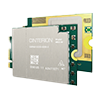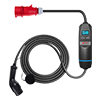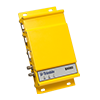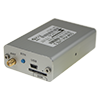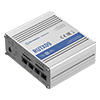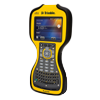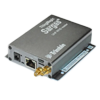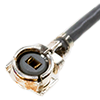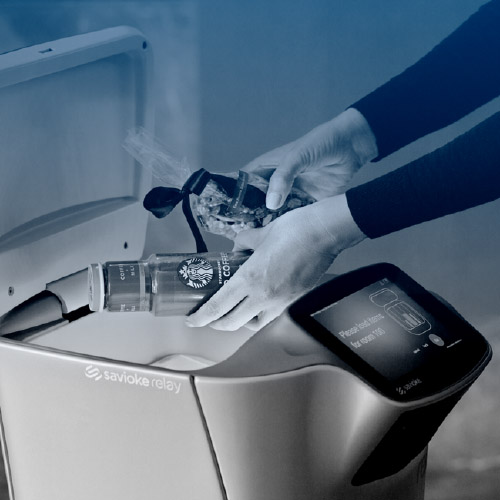It has been almost 30 years since the first SIM card saw the light of day. Since then, there has been no significant change other than size and minor improvements. The SIM card is used basically the same as in 1991. The customer buys a plastic card, which he inserts into his device and thus gets the opportunity to connect to the network of the mobile operator to which this card belongs. If the customer wants to change operator or wants to use the card in another device, he must remove it and insert it into the desired device. Today, however, we are offered another option in the form of eSIM.
What is eSIM?
The eSIM, or embedded SIM card, is already delivered inside the device, where it is built into the internal architecture. The SIM no longer needs to be pulled out and manufacturers do not have to sacrifice space inn their mobile devices, which is already small enough.
Since the SIM can’t be removed, how does it work?
eSIM comes with a brand new system of digital profiles. A customer uploads a profile into eSIM using an activation code received from the operator. It can do so, for example, by scanning the QR code it receives from the operator. The customer number and various services such as data packages are then bound to this profile. However, where eSIM excels is the ability to upload more profiles on a single eSIM. Since eSIM is not tied to an operator but to a device, it is now possible, for example, to store a profile of a more advantageous foreign operator and simply switch to it instead of paying for expensive roaming once you cross the border. Business owners can also provide their employees with a company profile.
Because it is possible to upload a profile simply by scanning the QR code, a world of new possibilities opens up. For example, an operator can now use a billboards at airports or advertising space at bus stops to offer people various data packages or subscriptions. A person lands in an unknown country, where using roaming would be extremely expensive, scans the code and confirms the activation of the profile. Thanks to airport WiFi and user ID verification via Thales technology, the profile is loaded on eSIM and the person can continue using their phone. The whole process takes a few seconds. However, eSIM is not only ideal for mobile phones or tablets. It is also used in the world of IoT, where its development is a welcomed novelty.
eSIM and IoT
As already mentioned, it is possible to upload multiple profiles from different operators to the card. However, it can also work in the opposite way. One profile can be uploaded to multiple cards/devices that can then share one data packet. The company thus has an overview of data consumption for these devices using specific online tools and is able to add more just by uploading a code. This process speeds up deployment time and gives us the ability, among other things, to remotely change operators according to the region where the device is located.
Built-in eSIM in IoT devices solves the problem with space, so it is now able to bring mobile technology to devices where it used to be a problem due to the SIM reader size. Examples include wearable electronics such as smart watches, fitness bracelets, locators, SOS buttons, trackers, and more.
Last but not least, it is worth mentioning that the production of eSIMs and their implementation is much cheaper than that of traditional SIMs. There is also no mechanical step of inserting / removing SIMs, which can damage the reader and so the owner of eSIM does not have to worry about its misuse.
If you have any further questions about eSIM, do not hesitate to contact the technical department of SECTRON s.r.o. We will be happy to answer any questions you may have.

